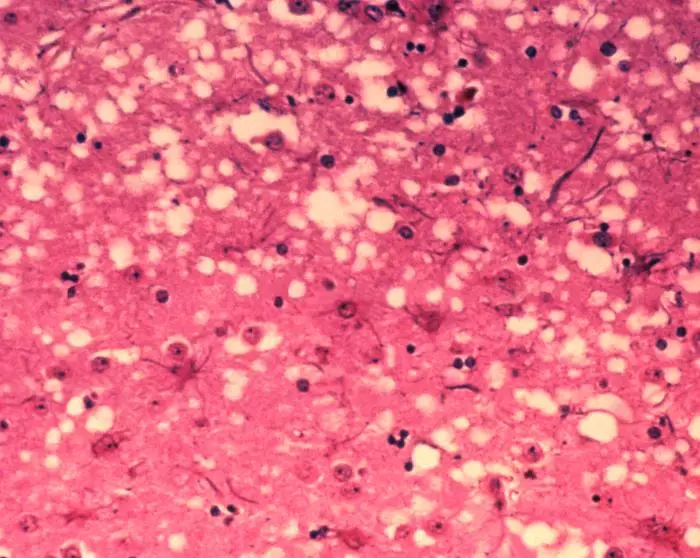Prions, the abnormal, transmissible agents that induce abnormal folding of normal cellular proteins, are at the core of a group of fatal neurodegenerative diseases known as prion diseases. These diseases not only impact humans but also affect a variety of wild and captive animals. From Creutzfeldt-Jakob disease (CJD) to bovine spongiform encephalopathy (BSE) and chronic wasting disease (CWD), the implications of prion diseases on public health are significant. Recently, researchers from Boston University Chobanian & Avedisian School of Medicine have made a breakthrough by identifying potential compounds that could reduce PrPSc levels in infected cells, offering hope for the treatment of these currently untreatable diseases.
In a groundbreaking study, researchers have identified 10 compounds that demonstrate the ability to decrease PrPSc levels in infected cells. Among these compounds, some have shown the potential to inhibit the toxic effects observed in cultured neurons when exposed to PrPSc. What makes this discovery even more significant is that five of these compounds have a history of use in humans for conditions such as neuropsychiatric disorders and neuropathic pain. This presents an exciting opportunity to repurpose these drugs for the treatment of prion diseases.
Initially, researchers explored the anti-prion properties of these compounds based on their known interactions with sigma receptors (σ1R and σ2R), which were thought to be involved in prion proliferation. However, through gene knockout technology (CRISPR), the researchers discovered that the sigma receptors were not the targets responsible for the anti-prion effects of these compounds. This led to further investigations into the mechanism of action of these drugs.
Using Neuro2a cells infected with prions, researchers exposed these cells to increasing concentrations of each drug to determine their impact on PrPSc levels. Surprisingly, the drugs had no effect on the conversion of PrPC to PrPSc in cell-free reactions, indicating the involvement of another protein in mediating the effects of these compounds. Despite this, the potential of these drugs to decrease PrPSc levels in infected cells holds promise for the development of treatments for prion diseases.
The implications of this research are vast, ranging from the safety of the blood supply to the proper decontamination of surgical tools used in neurosurgery. Given the absence of effective treatments for prion diseases, the discovery of compounds with anti-prion properties that are already deemed safe for human use is a significant step forward. The possibility of repurposing existing drugs to combat prion diseases offers hope for patients and healthcare providers alike.
The identification of compounds capable of reducing PrPSc levels in infected cells marks a significant breakthrough in the pursuit of treatments for prion diseases. The potential to repurpose existing drugs for the treatment of these currently untreatable conditions opens new avenues for research and development in the field of neurodegenerative diseases. With further studies and clinical trials, these compounds could prove to be valuable assets in the fight against prion diseases, bringing hope to those affected by these devastating conditions.


Leave a Reply